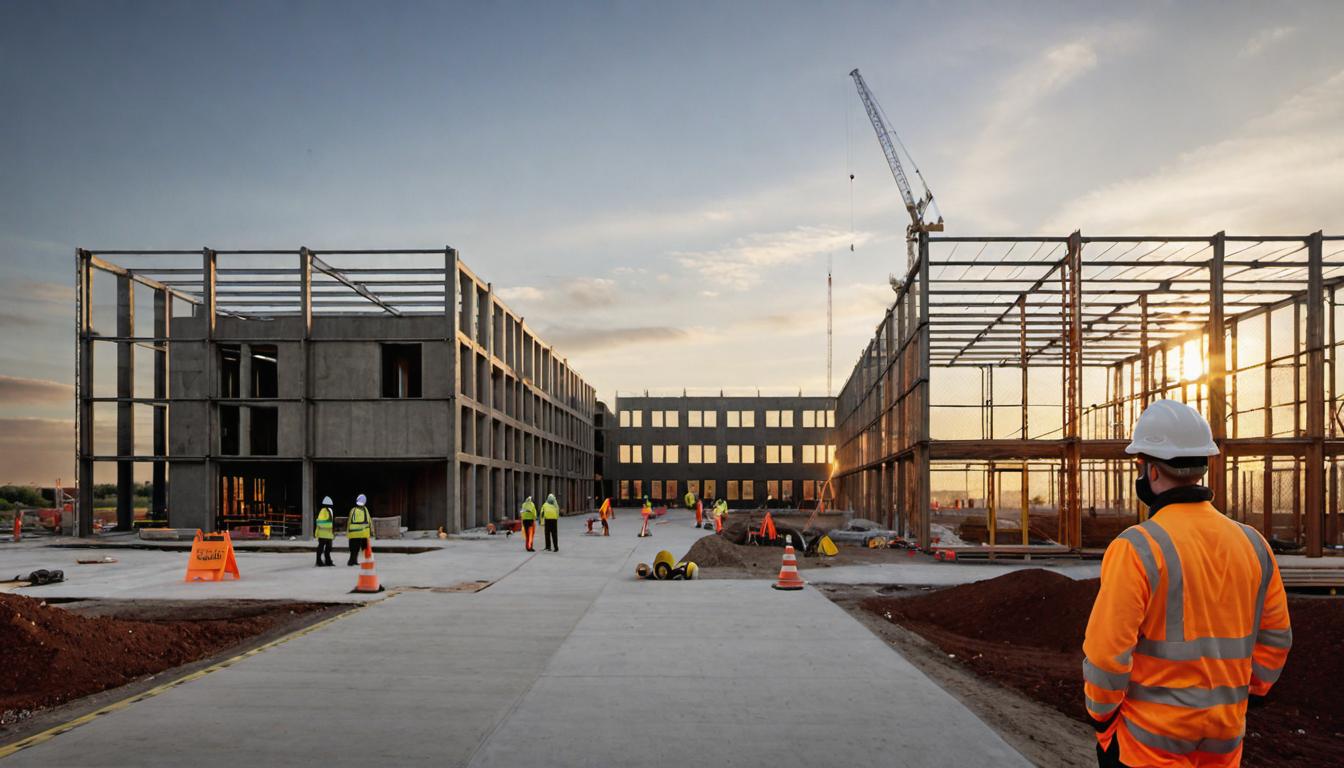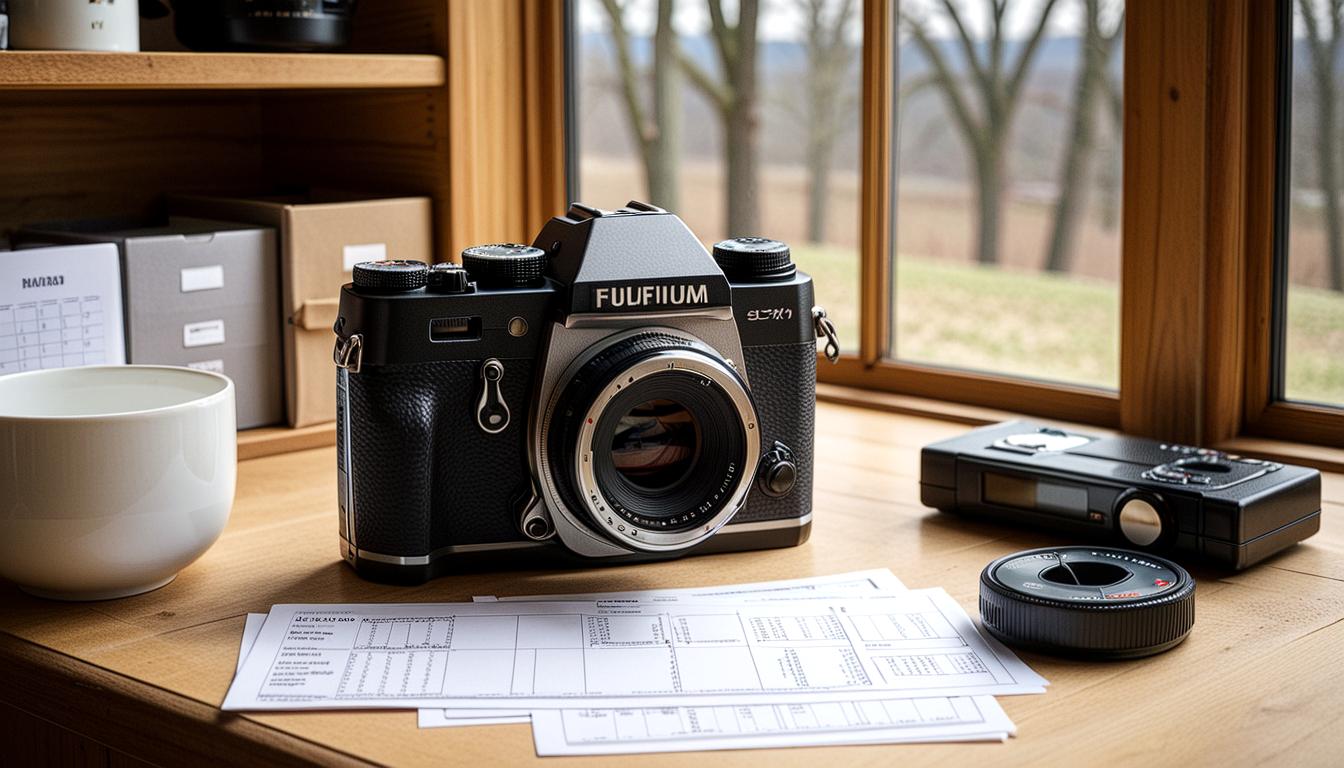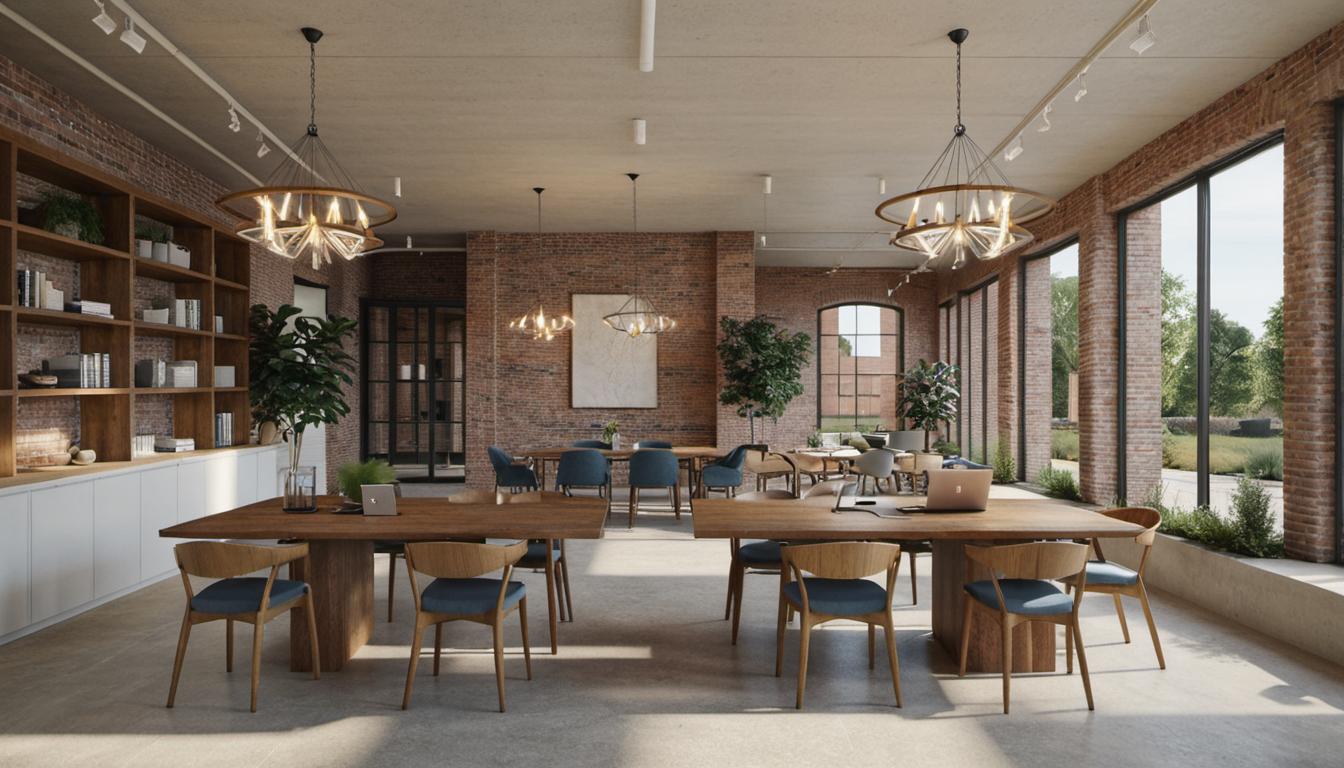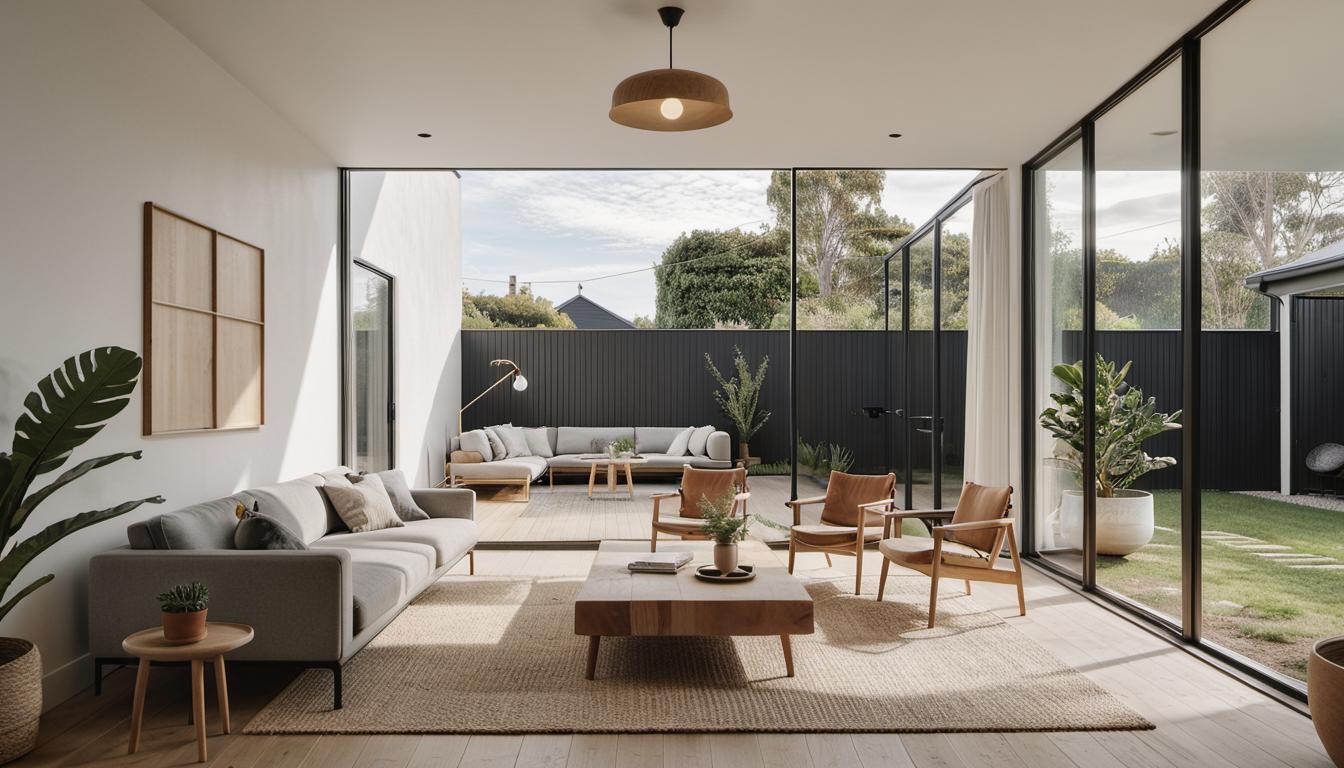Architectural Safety: A Foundation Not to Be Overlooked
Architects and those in the interior design realm often find themselves navigating construction sites where security is of utmost importance. We’ve put together an overview of the must have safety gear for architects and similar professions, guiding you towards essential Personal Protective Equipment (PPE)
Common Construction Site Dangers
Architects may encounter a range of risks when attending construction sites. Recognizing the potential hazards is the first step towards optimal safety. Let’s discuss two of these hazards:
Threat of Falling Objects
Falling materials and debris can pose significant threats on construction sites. Wearing appropriate safety gear can mitigate the risk of injuries.
Interaction with Dangerous Machinery
Hazardous machinery and equipment are common on construction sites, and appropriate precautions must be taken to avoid accidents.
Risk Assessment: A Prerequisite for Safety Gear Selection
Understanding site-specific risks is crucial before choosing the appropriate safety gear. By conducting thorough risk assessments, architects can map out project-specific hazards and plan for necessary protective gear.
Must-Have Safety Gear for Architects
Safeguarding Your Hearing
- From earplugs to earmuffs, adequate hearing protection is paramount to architects.
- When selecting products, it’s important to consider their Noise Reduction Ratings (NRR).
Protection for Your Eyes
- Depending on the task, safety glasses or goggles should be used to protect the eyes from potentially hazardous particles.
- Using anti-glare and tinted lenses can reduce eye strain in intense lighting conditions.
Keeping Your Head Safe
- Hard hats and helmets made from various materials offer different levels of protection.
- Regular checks and awareness of safety regulations contribute to your ongoing safety.
Breathing Easy
- In dusty environments, the use of respirators and masks is essential.
- Understand the filtration capabilities of these protective devices and conduct regular fit tests.
Protecting Your Feet
- Architects should always wear either steel-toed or composite-toed boots on a construction site.
- Consider boots that offer additional benefits like slip-resistant or puncture-resistant soles.
Visibility on Site
- Reflective vests and other high-visibility clothing can help avoid accidents on site.
Investing in PPE: An Architect’s Safety Net
Appropriate PPE adoption can ensure architect’s safety without hindering their creativity or productivity. Make regular use of PPE a part of your architectural practice.
Commonly Asked Questions
How Important is Safety for Architects on Construction Sites?
Safety is key for architects working on construction sites as many potential risks exist. By utilizing the correct safety gear, these risks can be minimized.
Hearing Protection Essentials for Architects?
Earplugs and earmuffs can protect architects from the noise of construction sites. Ensure these products are up to Noise Reduction Rating (NRR) standards.
Why is Eye Protection Required for Architects?
Wearing eye protection can help protect the eyes from harmful particles which can harm your vision. Choosing between safety glasses and goggles will depend on the nature of the task at hand.
Why Should Architects Wear Respiratory Protection on Site?
Construction sites often have dust, fumes, or other pollutants in the air. Respirators or masks can help filter these potential hazards, maintaining a safe working environment.
How Does High-Visibility Clothing Improve Safety on Sites?
Wearing high-visibility clothing like reflective vests can help improve visibility on-site, reducing the likelihood of accidents, and enhancing overall safety.
Taking roughly 1,500 words, this comprehensive guide prioritizes the safety of architects, interior designers, and those in similar professions. With clear and concise language, the guide is easy to understand, keeping the readers engaged and informed throughout.






